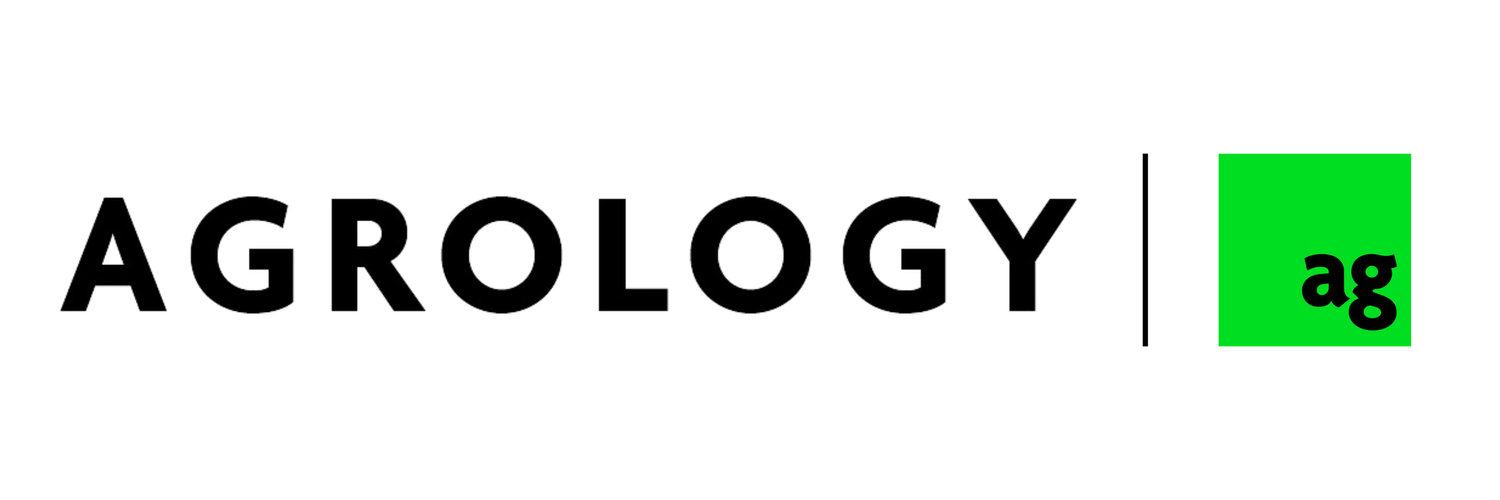Smoke Taint Detection
Wildfires continue to pose a threat to winemakers around the world due to the adverse effects of smoke exposure on flavor. At Agrology, we’re focused on helping scientists, growers and viticulturists better measure, predict and mitigate these negative impacts.
What is Smoke Taint?
Smoke taint is a term viticulturists and scientists use to refer to the (often) adverse effects of wildfire smoke exposure on wine grapes. It occurs when volatile phenols are absorbed into the fruit and can impact the overall taste of the wine. If you’d like to learn more about the science, the UC Davis and Washington State extensions are great resources.
How big is the impact of smoke taint?
The industry is still assessing the effects of the 2020 wildfires on California vineyards. But based on the extensive wildfires, the effects could extend to the entire vintage in major wine growing areas. The macro effect on the industry is significant, but this smoke taint poses an existential threat to individual vineyards and wineries already hit by the effects of the pandemic. October 2020 estimates have 80% of Napa Cabernet lost to fire and smoke. And the risk isn’t constrained to California; Oregon, Washington, and Australia all face increased risk.
Because smoke can travel tens or hundreds of miles, the damage of a single wildfire far exceeds just the acreage burned. Today scientists can lab analyze grapes to identify smoke taint; however, it can take time (time many growers don’t have) to get results. Last year, due to the increase in the number of wildfires in prime vineyard areas, it took up to two months to return lab results. By then, it’s too late. This is where we come in.
Agrology advances the idea that all growers large and small should have access to the best tools and science to help them understand and predict the conditions across their land -- this includes monitoring the contaminants associated with smoke taint. In speaking with scientists and viticulturists, we saw three key gaps in the industry’s understanding of smoke taint:
What are the conditions most likely to result in enough smoke taint to impact the flavor of the wine?
Where within a vineyard is smoke taint most likely to occur?
How does irrigation help or hurt smoke taint mitigation?
How can Agrology help?
This year, we’re partnering with vineyards around the US to start to track this data and provide guidance on when and how to mitigate the effects of smoke taint. We’re enabling atmospheric sensing on our GroundTruth Arrays to detect Volatile Organic Compounds (VOC), Nitrogen Oxide (NOx), and Particulate Matter (PM) in addition to our soil and nanoclimate condition forecasting. We’re also offering limited discounts on our product for vineyards, so that we can install more sensors per vineyard to better understand how smoke taint differs by nano-climate and irrigation strategy. We believe this will lay the foundation for proactive smoke-taint management for years to come and we are partnering with academia to make it happen.
If you’re interested in learning more or joining our efforts, please contact us here.

